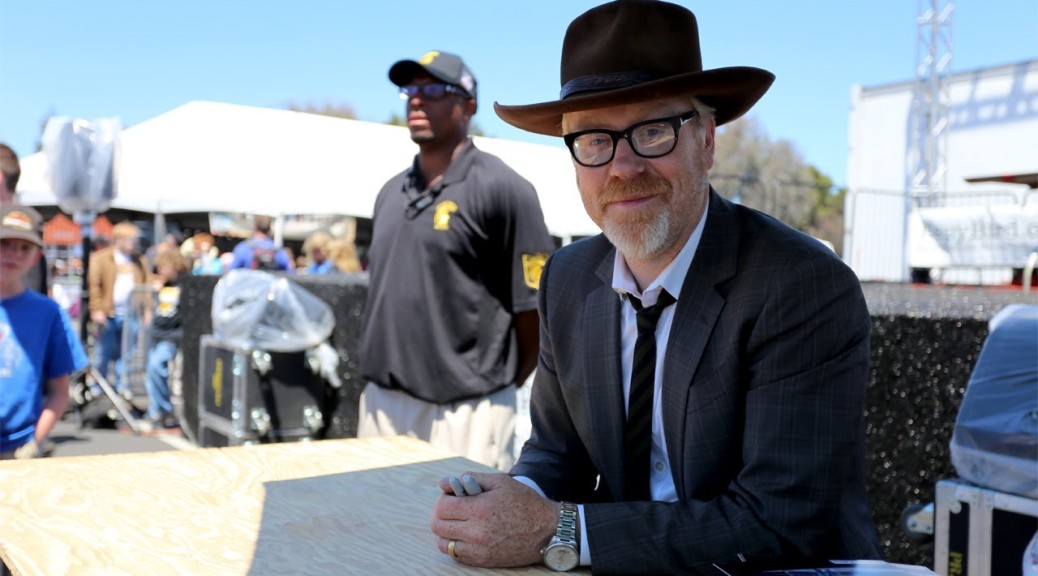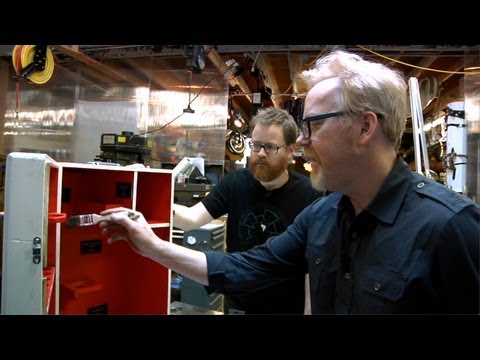I don’t know much about Pinterest, but here’s a whole bunch of puppet building resources. They look very pinteresting.
Here’s a great in-depth tutorial on making a two-part underpoured mold written by Adam Savage. Yes, I’ve already had some Adam Savage on the blog this week; there are only so many props people out there who write about what they do.
By now, you’ve all heard about 3D printing, and some of you have even gotten your own 3D printers to play around with. Here’s a great article on why 3D printing is overhyped. It is not saying 3D printers are worthless or a waste of time; rather, it offers a sobering look at the reality of 3D printer’s capabilities versus how they are presented in the media. They are at the peak of hype right now; I’ve seen articles promising they will destroy traditional manufacturing and even end consumerism. The reality is that they can make shapes in plastic from digital models, something which may be useful to some props people in certain situations.
Fans of The Walking Dead may enjoy this piece on John Sanders, the prop master for the show. He talks about weapons and special props which will be appearing in the upcoming season.
Jeff Burks has posted quite the treatise on workshop cleanliness from 1885. I think a clean and well-organized shop is vital to working safely and efficiently; however, the author states that when you are finished with a tool, “return it to its place, immediately after you have done using it.” Now, I’ve heard “tools away at the end of the day,” meaning don’t waste your time putting a tool away if you might need it half an hour later. How does everyone else deal with putting tools away?


